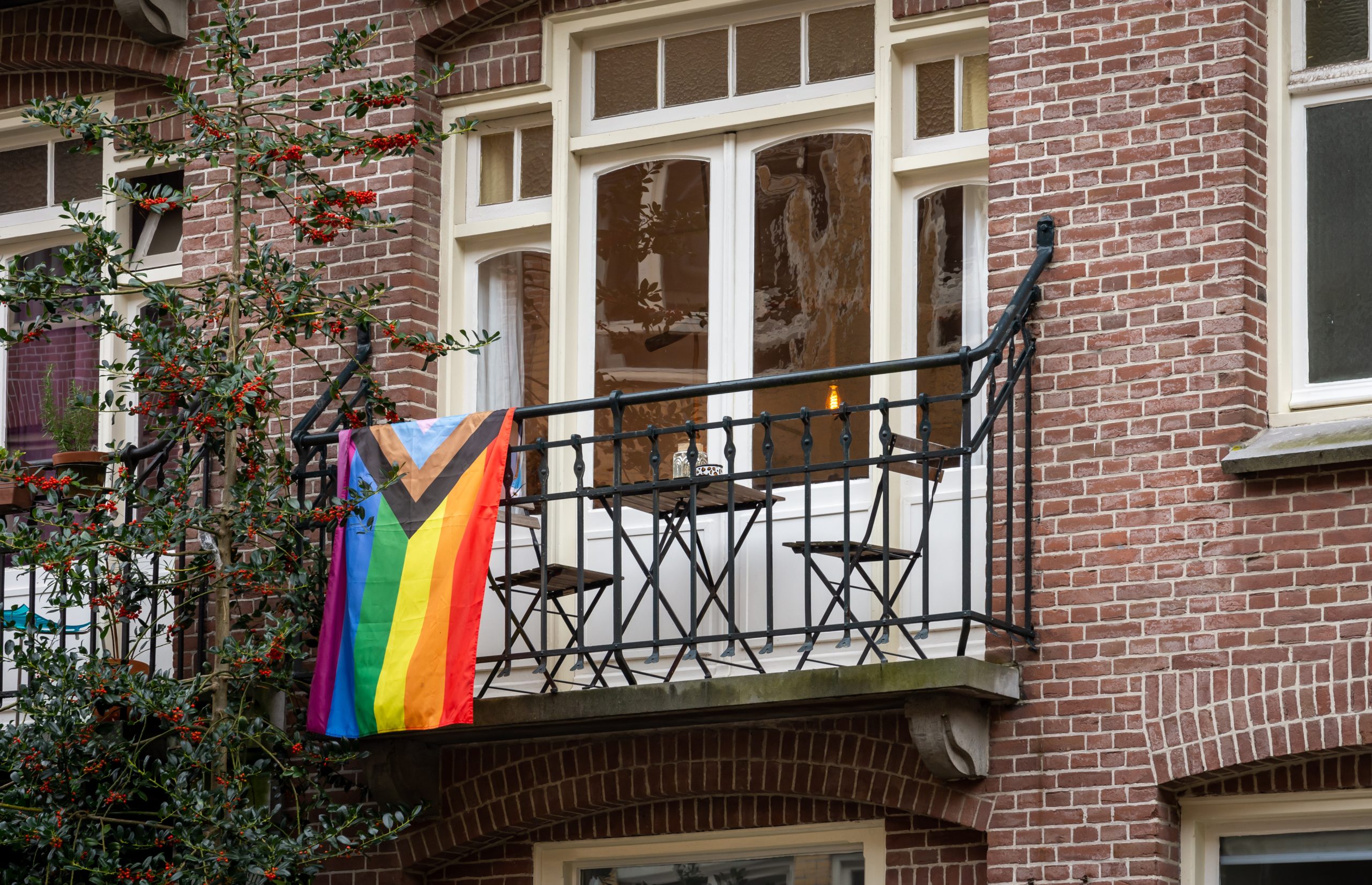I feel pretty out of place in Wesbrook Place.
Not just because I’m in an odd age demographic, being a graduate student living in faculty and staff housing, but because it’s hard not to feel like I’m the only trans person in my own neighbourhood.
I must not be, statistically, but it’s still difficult not to feel like pride isn’t at the forefront of my community’s mind. I remember how struck I was when, in 2022, a six-stripe rainbow pride flag was hung sideways from the top of the community centre, with the stripes facing vertically. And how it was taken down in the last week of June to be replaced by a Canadian flag. The UNA doesn’t have a pride event, among all of its community celebrations.
I’ve been trying to resist the cliché of “it’s important to pay attention to your trans neighbours given how much we’re under attack right now”. First, because: when aren’t we? Second, it’s important to direct your attention towards marginalized peoples even when we aren’t suffering. Respect, acknowledgment, and solidarity cannot only proceed from tragedy.
This month — and far beyond it — I want to ask the members of my community to consider what they can do to foster a more tangibly welcoming environment for their LGBTIA neighbours. Even if that consideration just looks like asking, “what am I doing to create a safe space in my neighbourhood, and is there anything else I could be doing?”
I want to offer some more direct and less obvious ways that you can help the LGBTIA people in our community:
- Consider displaying a pride flag. Some lease agreements prohibit tenants from hanging flags, foil, or stickers on their windows. Check your lease agreement and ask your property manager for clarification. You aren’t limited to just hanging a flag in your window, you can also display a small handheld flag, a poster visible from the inside of the apartment, a lawn ornament on your patio or by your plants, or a more unique decoration with a more personalised message on it. An important consideration is that you display the 2021 intersex-inclusive progress pride flag. Rainbow stripe flags representing the entire LGBTIA community get updated fairly frequently in response to changing social concerns, typically to highlight the most marginalised members of our community: the black and brown stripes represent LGBTIA people of colour, the pink, blue, and white stripes represent trans people; and the purple circle on the yellow background represents intersex people. Look up more recent variations on the rainbow stripe flag; there may be more colours added in the future!
- As you go about your day, think about what barriers are present for trans people in your environment, and what might be done to remove those barriers. By far, I experience the most transphobia at the post office, where I collect parcels under a name different to what’s displayed on my ID. My sex marker, too, draws a lot of attention when I display it at the liquor store. It’s worth asking why requirements like this exist in the first place, and why it’s so excruciatingly difficult to undergo an official change of name. If you work in an establishment that requires disclosures like this, it might be worth having a conversation with a superior about what you can do when you encounter a trans customer.
- Cut Harry Potter out of your life. No exceptions. We know, without a shadow of a doubt, that the reason why the Supreme Court of the United Kingdom was able to pass transmisogynistic and transphobic laws was directly because of the exorbitant amount of money author JK Rowling donates to transmisogynistic groups and organizations. Any and all profits from the Harry Potter franchise directly funds transphobia. References towards and support of Harry Potter communicates that you are an unsafe person to LGBTIA people. Abandon it. My mother, who has read every fantasy book ever published, strongly recommends reading Diana Wynne Jones instead.
- Educate your child about LGBTIA issues. The vast majority of discriminatory talking points centralize around the idea that discussions about sexual, romantic, and gender identities are inappropriate to have with children. Intervene in that narrative by treating these topics as part of a broader conversation about puberty: vital, normal, and unavoidable. Just as parents and teachers need to teach pubescent children about menstrual periods not only in order to support the children who experience them, but to foster more supportive attitudes in the ones who will not; children must equally learn about their own developing romantic, sexual, and gender identities both for themselves, for the other children in their lives, and for the children they may turn out to be.
- Call out transphobia when you see it happening. This is the most difficult item on this list, because no one likes confrontation. But it is especially necessary for people who are not the target of bigoted remarks to intervene and defend those who are. If a bigot thinks they are safe to share their ideas with you, correct their misapprehension in order to simultaneously affirm that you are not like them and to protect the people who are under attack. Raise your shield for people who cannot do so themselves, and who are already exhausted from battle.
These broad and often very doomeristic conversations about marginalisation and violent legislation are hard to deal with for a number of reasons, the most prominent often being, how do we fight back against a system that feels larger than all of us and holds power over all of us.
I hope this provides some motivation for how we as a community can help to support our trans neighbours and make them feel more tangibly included. I do want to feel proud to live in this neighbourhood.
CASSIUS HESPERUS IS AN MA STUDENT AT UBC AND OCCASIONALLY CONTRIBUTES WATER FEATURE-RELATED PHOTOGRAPHS TO THE CAMPUS RESIDENT.
